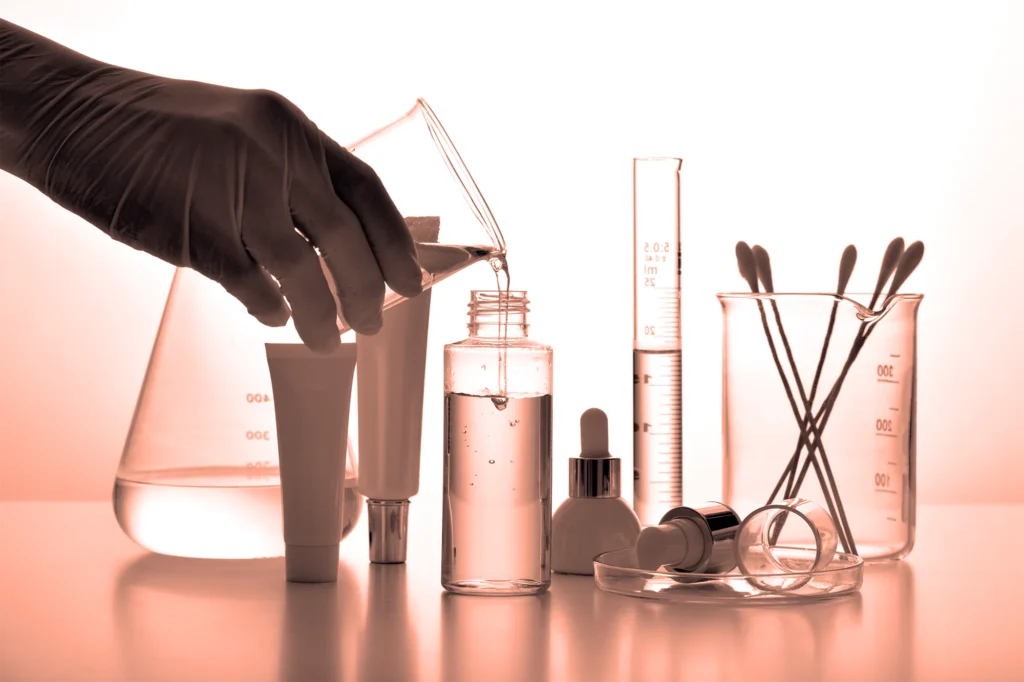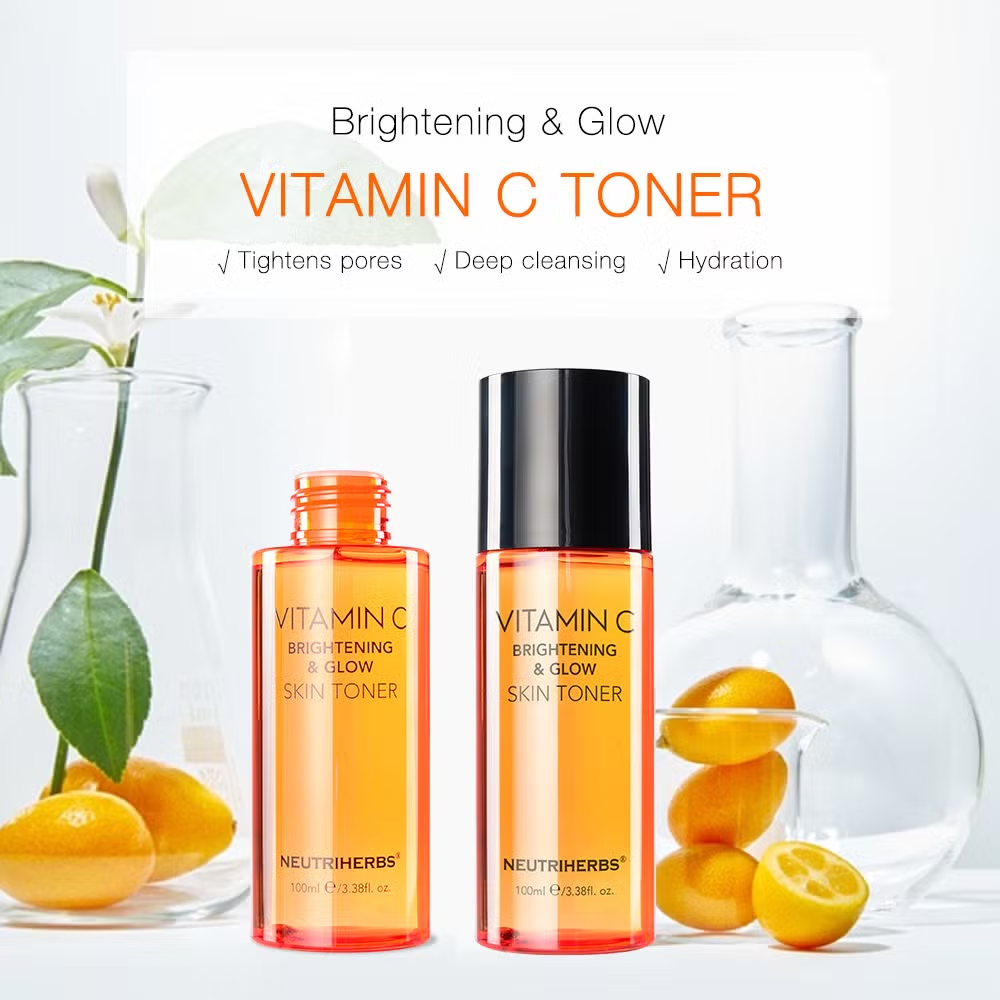Skincare product development is a complex process that blends science, innovation, and consumer needs to create effective and safe formulations. A reliable Skincare manufacturer follows a meticulous approach to ensure high-quality products that cater to diverse skin concerns. From ingredient selection to stability testing, the development of skincare products involves multiple scientific and regulatory considerations.
1. Understanding Skin Biology
Before formulating skincare products, manufacturers must have a deep understanding of skin structure and functions. The skin consists of three primary layers:
- Epidermis: The outermost layer responsible for protection and hydration.
- Dermis: Contains collagen, elastin, and blood vessels that maintain skin elasticity and strength.
- Hypodermis: The deepest layer composed of fat and connective tissue, providing insulation and cushioning.
Each layer plays a role in skin health, and formulations must target specific layers to achieve desired results.
2. Identifying Consumer Needs and Market Trends
Before developing a skincare product, manufacturers conduct research to understand consumer preferences, skin concerns, and emerging trends. Common skincare concerns include:
- Aging (wrinkles, fine lines, and loss of elasticity)
- Hyperpigmentation and uneven skin tone
- Acne and blemishes
- Dryness and dehydration
- Sensitivity and redness
3. Selecting Active Ingredients
The efficacy of a skincare product largely depends on the active ingredients included in the formulation. Popular actives include:
- Hyaluronic Acid: Hydrates and plumps the skin by retaining moisture.
- Retinol: A powerful anti-aging ingredient that stimulates collagen production.
- Vitamin C: Brightens skin and provides antioxidant protection.
- Niacinamide: Improves skin tone and reduces inflammation.
- Peptides: Support skin barrier repair and elasticity.
Manufacturers also consider ingredient stability, compatibility, and delivery mechanisms to enhance effectiveness.
4. Formulation Development
Once the key ingredients are chosen, skincare scientists work on the formulation process. This involves:
- Choosing a Base: Water-based, oil-based, or emulsion (combination of oil and water)
- Emulsifiers: Help combine oil and water to create a stable product
- Preservatives: Prevent microbial contamination and extend shelf life
- Fragrances and Colorants: Optional components that enhance sensory appeal
Balancing these components ensures a stable, safe, and effective formulation.
5. Testing for Stability and Safety
Before launching a skincare product, manufacturers conduct rigorous testing, including:
- Stability Testing: Ensures the product maintains its efficacy and appearance under different conditions (temperature, humidity, light exposure).
- Microbiological Testing: Checks for bacterial and fungal contamination.
- Patch Testing: Assesses potential skin irritation and allergic reactions.
- Efficacy Testing: Measures the product’s ability to deliver promised results (e.g., hydration, anti-aging effects).
6. Regulatory Compliance and Certification
Skincare manufacturers must adhere to strict regulations set by governing bodies, such as:
- FDA (Food and Drug Administration) – USA
- EU Cosmetic Regulation (EC No. 1223/2009) – Europe
- CFDA (China Food and Drug Administration) – China
Certifications like GMP (Good Manufacturing Practices), Cruelty-Free, Vegan, and Organic help build consumer trust and ensure product safety.
7. Packaging and Branding Considerations
Product packaging plays a crucial role in protecting the formulation and appealing to consumers. Key packaging factors include:
- Airtight Containers: Prevent oxidation and contamination.
- UV-Protective Bottles: Protect light-sensitive ingredients.
- Sustainable Packaging: Eco-friendly materials that align with sustainability goals.
Branding and labeling must also comply with regulations, clearly listing ingredients and usage instructions.
8. Large-Scale Manufacturing and Quality Control
Once a formulation is finalized, large-scale production begins. Manufacturers follow strict quality control measures, including:
- Batch Testing: Ensures product consistency across different batches.
- Sterile Production Conditions: Minimizes contamination risks.
- Automated Filling and Sealing: Prevents exposure to air and bacteria.
Conclusion
Skincare product development is a science-driven process that requires expertise in formulation, safety testing, and regulatory compliance. A trusted skincare manufacturer follows rigorous procedures to ensure that products are effective, safe, and aligned with consumer needs. With advancements in skincare science, future innovations will continue to shape the industry, offering cutting-edge solutions for all skin types and concerns.



